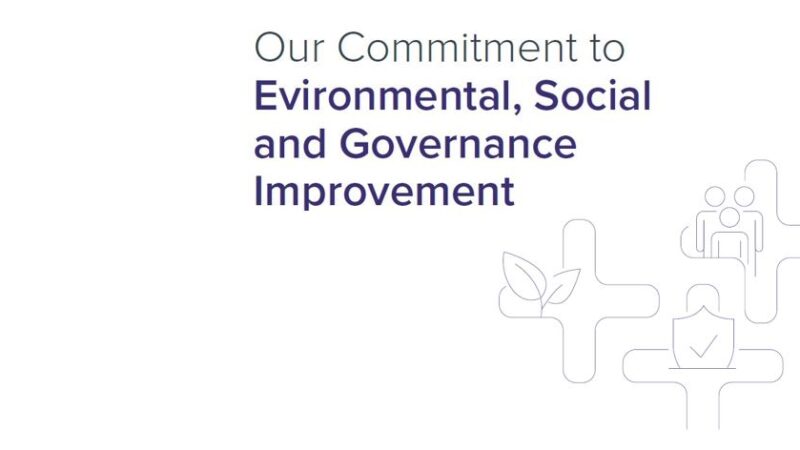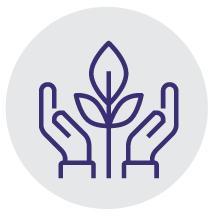
Reducing Our Impact on the Environment
We are committed to minimizing our use of resources and optimizing our operations to protect our planet, against the physical and human health risks of climate change.
|
Energy and Greenhouse Gas (GHG) Emissions Management. Our primary source of Scope 1 and Scope 2 GHG emissions is from energy consumption at our portfolio of over 200 properties, which includes warehouses, industrial facilities, ambulatory infusion sites and office buildings. We currently utilize LED lighting at all facilities and instituted a new standard in 2019 that requires installation of building automation systems (BAS) in all new buildings to optimize building operations and energy efficiency. We have engaged a third-party real estate advisor, CBRE, to examine our usage and develop a multi-pronged plan to manage our resources more aggressively moving forward, including:
|
Energy Efficient Building Highlights
We completed three facilities using our energy efficiency building standard, including our new 50,000 square foot facility in Itasca, Illinois that is the home to our Specialty and Regional Compounding Pharmacies and Innovation Center of Excellence. The facility was fitted with a robust building automation system and a data analytics platform that will optimize the efficiency of our lighting and HVAC systems – the most energy intensive elements of our buildings – and provide insights generated from real time performance data to:
- Identify sources of high energy consumption, leaks, and waste
- Minimize equipment downtime
- Extend the life of equipment
- Maximize occupant comfort
- Reduce costs
As more properties are equipped with BAS and data analytics, we will begin aggregating data across our portfolio to derive deeper insights for further reducing our energy consumption, carbon footprint and costs.
|
Waste Reduction Sustainable Packaging. Expanded polystyrene (EPS) is used to maintain appropriate temperatures and the integrity of our compounded sterile preparations and drug products in a variety of climatic conditions when being shipped to our patients. It is also our largest source of packaging waste. We have been investigating alternatives to EPS that fulfill our business need and address the growing concern for potential environmental, ecological and human health impacts. Finding a solution is also an imperative due to customer feedback about difficulties with disposal, as well as risks from increasing state regulations. Since 2020, we have conducted considerable research and testing of alternatives through different stages of the packout and shipping process. With thermal testing of the recyclable solutions complete, we have rolled it out to our sites in November 2022. Pharmaceutical Waste. The environmental impacts of pharmaceutical waste are present across the value chain, from raw materials to production, distribution and disposal of drugs and their components. In 2022, we rolled out a new perpetual inventory management system that automates manual processes, which provides more reliable, accurate and detailed information on inventory levels in real time. It also connects and provides reports that align our inventory and dispensing systems to help us pinpoint where there may be discrepancies. Complemented by expanded team member training on inventory management processes, the new system will help us reduce waste from the supply chain and procurement, lot management and compounding within our own operations. |
|
Sustainable Building Materials. We are partnering with several third parties to evaluate and develop a plan to improve the sustainability of our products and practices related to the built environment, including:
|





